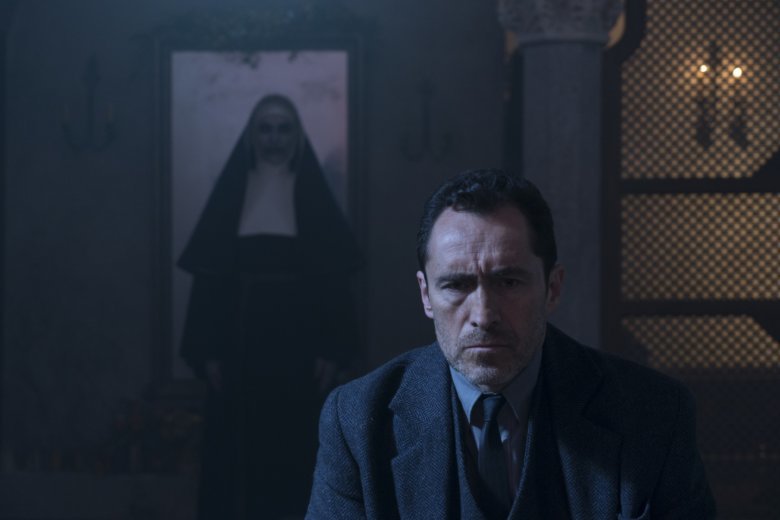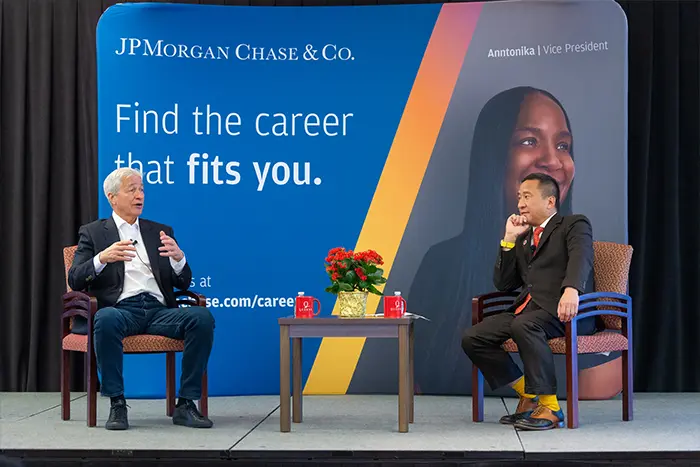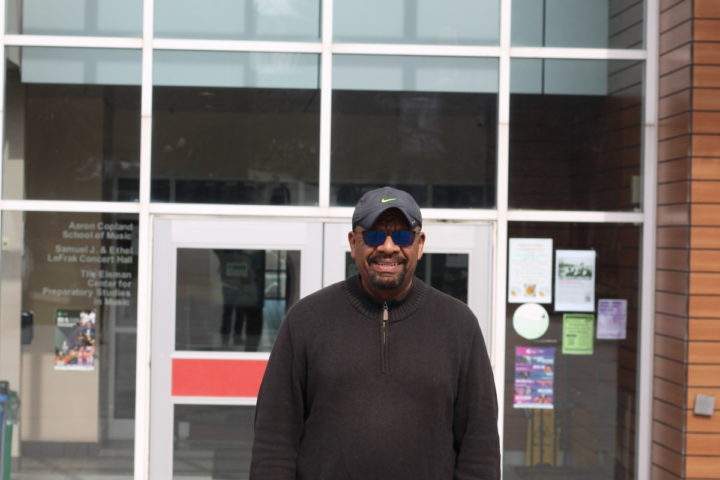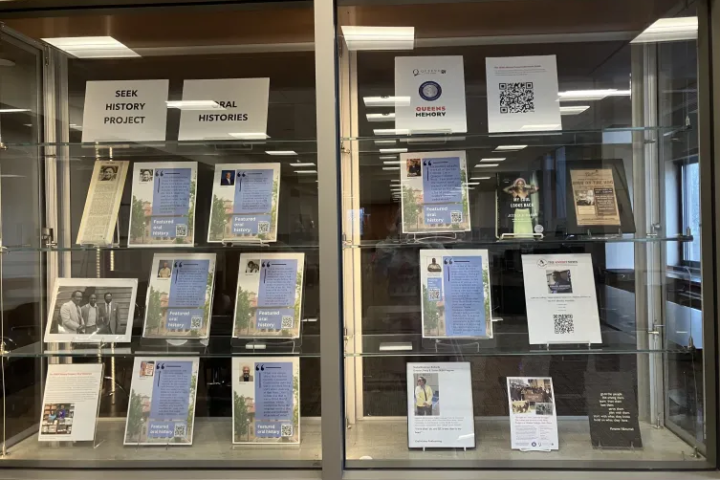Dan Trachtenberg’s directorial debut “10 Cloverfield Lane” is a gripping psychological thriller. Trachtenberg has done what most directors can only dream of by achieving both critical and box office success with his first feature film.
Trachtenberg is not yet a household name but he is no stranger to fans of science fiction. He first rose to prominence with the short film “Portal: No Escape,” based on the popular video game “Portal.”
Despite “10 Cloverfield Lane” being heavily marketed as producer J.J. Abrams’ film due to his name recognition, this film is entirely the work of Trachtenberg.
Due to commitments associated with directing “Star Wars: The Force Awakens,” Abrams was largely unavailable during production and postproduction on “10 Cloverfield Lane.”
Trachtenberg cites early Steven Spielberg classics like “Jaws,” “Close Encounters of the Third Kind” and “Poltergeist” as some of his favorite and these influences are visible in “10 Cloverfield Lane.”
Like the shark in “Jaws,” the threat of monsters attacking and the implication of their existence as opposed to seeing them are used to ratchet up the tension and help propel the plot. Rather than relying on stunts and effects, Trachtenberg uses interpersonal relationships to drive the film’s narrative.
“10 Cloverfield Lane” is not a direct sequel to the 2008 film “Cloverfield” making its viewing completely unnecessary to see “10 Cloverfield Lane.” Fans of “Cloverfield” need not fret however, as they too will leave the cinema satisfied.
In the theatrical tradition of a chamber play, the majority of “10 Cloverfield Lane” takes place in an underground bunker. Once inside the bunker the audience is immersed in a taught thriller.
The practical sets and art design add to the atmosphere and texture of the world created in “10 Cloverfield Lane.”
The subterranean bunker exists eerily outside of time. The sets are dressed with details that evoke a nebulous period somewhere between lava lamps and VHS tapes. Despite the detailed and expert art-design the sets still look organic and lived in.
Inside the bunker are Michelle, played by Mary Elizabeth Winstead, Howard played by John Goodman and Emmett played by John Gallagher Jr. The small cast and claustrophobic location allow for the tension and drama to build like a Hitchcock thriller, keeping the audience guessing if their paranoia is warranted or not.
Goodman’s chilling portrayal of Howard and his character’s dynamic with Michelle creates a relationship that is frighteningly similar to an abusive parent and child relationship. Howard thinks he is being loving and protective but his love is frightening and his protection could be lethal. His performance shows no trace of the loveable Dan Conner, the role he made famous on the hit TV show “Roseanne.”
Mary Elizabeth Winstead does a lot of heavy lifting in this film, which requires her to play a myriad of different emotions – not to mention she appears in every scene.
“10 Cloverfield Lane” uses creative narrative structure. The narrative ellipse that takes place between Michelle’s car accident in the beginning of the film and her waking up in the bunker allows the audience to discover things as Michelle does. This narrative device lets the audience feel wronged or deceived in the same way as Michelle.
“10 Cloverfield Lane” isn’t your typical Hollywood blockbuster. It is a film that is judicious in its use of CGI to great effect. Instead of relying on large elaborate stunts and CGI, Trachtenberg expertly uses art design and stellar acting to convey his story.
Don’t let the threat of Cloverfield monsters attacking keep you trapped inside your bunker. Go see “10 Cloverfield Lane.”













